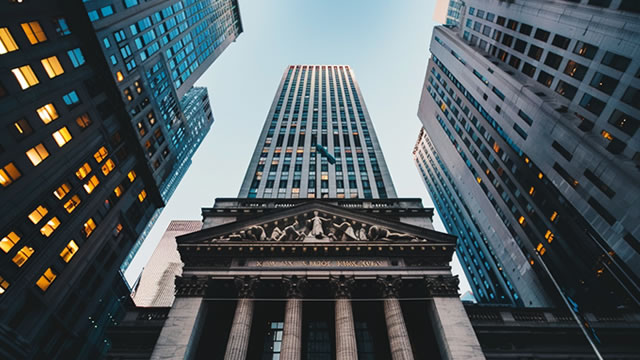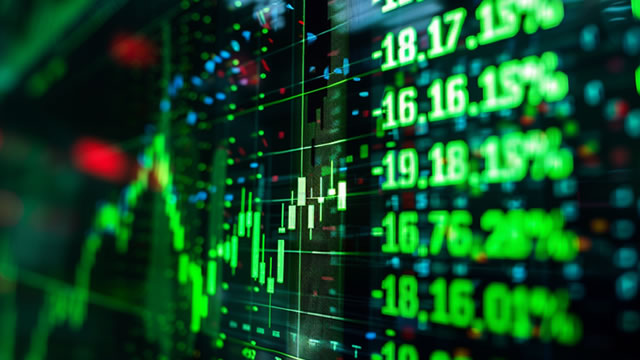Inflation in the US Rises: What it Means for Interest Rates
Understanding the Latest Inflation Data
Inflation in the US rose more than expected in January, reinforcing expectations that the Federal Reserve may delay interest rate cuts. The consumer price index (CPI), which tracks the cost of goods and services across the economy, increased by 0.3% in January, outpacing economists’ forecasts.
This sharp increase in inflation can be attributed to several factors, including rising energy prices, higher healthcare costs, and increased demand for goods and services as the economy continues to recover from the impact of the pandemic. While some level of inflation is normal as the economy grows, a sustained increase in prices can erode consumers’ purchasing power and lead to higher borrowing costs for businesses.
Implications for Interest Rates
The Federal Reserve closely monitors inflation data when making decisions about interest rates. Higher inflation typically prompts the Fed to raise interest rates to curb excessive borrowing and spending, which can fuel further price increases. However, a delay in interest rate cuts could signal that the Fed is willing to tolerate higher inflation in the short term to support economic growth.
For consumers, a delay in interest rate cuts could mean higher borrowing costs on mortgages, car loans, and credit cards. Businesses may also face increased costs as they borrow to finance operations and expansion. Investors are likely to monitor the Fed’s response to inflation closely, as changes in interest rates can impact stock and bond markets.
Impact on Individuals
As inflation rises, individuals may notice higher prices for everyday goods and services, putting pressure on household budgets. Savers may also see lower real returns on their investments, as interest rates fail to keep pace with inflation. It’s important for individuals to consider the impact of inflation on their financial planning and adjust their savings and investment strategies accordingly.
Global Ramifications
The rise in inflation in the US could have ripple effects across the global economy. As the world’s largest economy, changes in US interest rates and inflation can influence global financial markets and trade flows. Central banks in other countries may adjust their monetary policies in response to developments in the US, impacting exchange rates and capital flows.
Global investors may also reevaluate their investment strategies in light of changing economic conditions, reallocating capital to mitigate risks associated with inflation and interest rate fluctuations. In this interconnected world, developments in one country can have far-reaching implications for others, underscoring the importance of monitoring economic indicators and policy decisions on a global scale.
Conclusion
The latest rise in inflation in the US has implications for interest rates, consumer spending, business operations, and global financial markets. As policymakers assess the impact of inflation on the economy, individuals and businesses should stay informed about potential changes in borrowing costs, investment returns, and overall economic conditions. By staying proactive and adaptable, stakeholders can navigate the shifting economic landscape with greater confidence and resilience.





